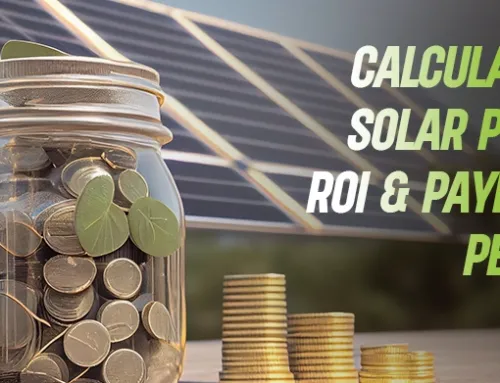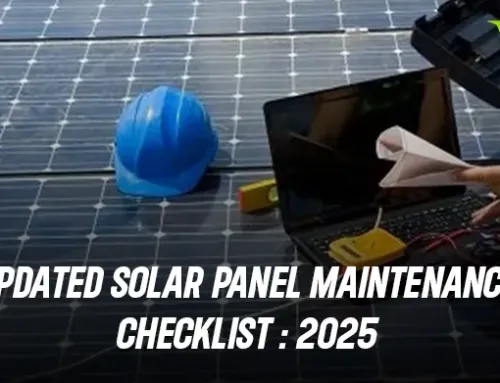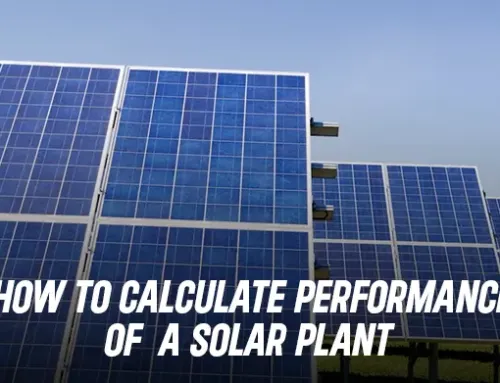Introduction to Solar Panel Maintenance
Solar panels have emerged as a pivotal solution for sustainable energy in India, catering to the increasing demand for renewable energy sources. With abundant sunlight available throughout the year, solar energy provides an eco-friendly alternative to traditional power generation methods, helping to mitigate the effects of climate change and promoting energy independence. However, to fully realize the potential of solar panels, regular maintenance and cleaning are vital.
One of the primary challenges faced by solar panel owners is the accumulation of dirt, dust, and debris on the surfaces of the panels. In regions like India, where particulate matter levels are often high due to pollution and dust storms, this problem can be exacerbated. When solar panels are not adequately cleaned, their efficiency can decline sharply, leading to suboptimal energy production. Studies have shown that even a thin layer of dirt can decrease the output of solar panels by as much as 20% or more, underscoring the necessity of regular solar panel cleaning.
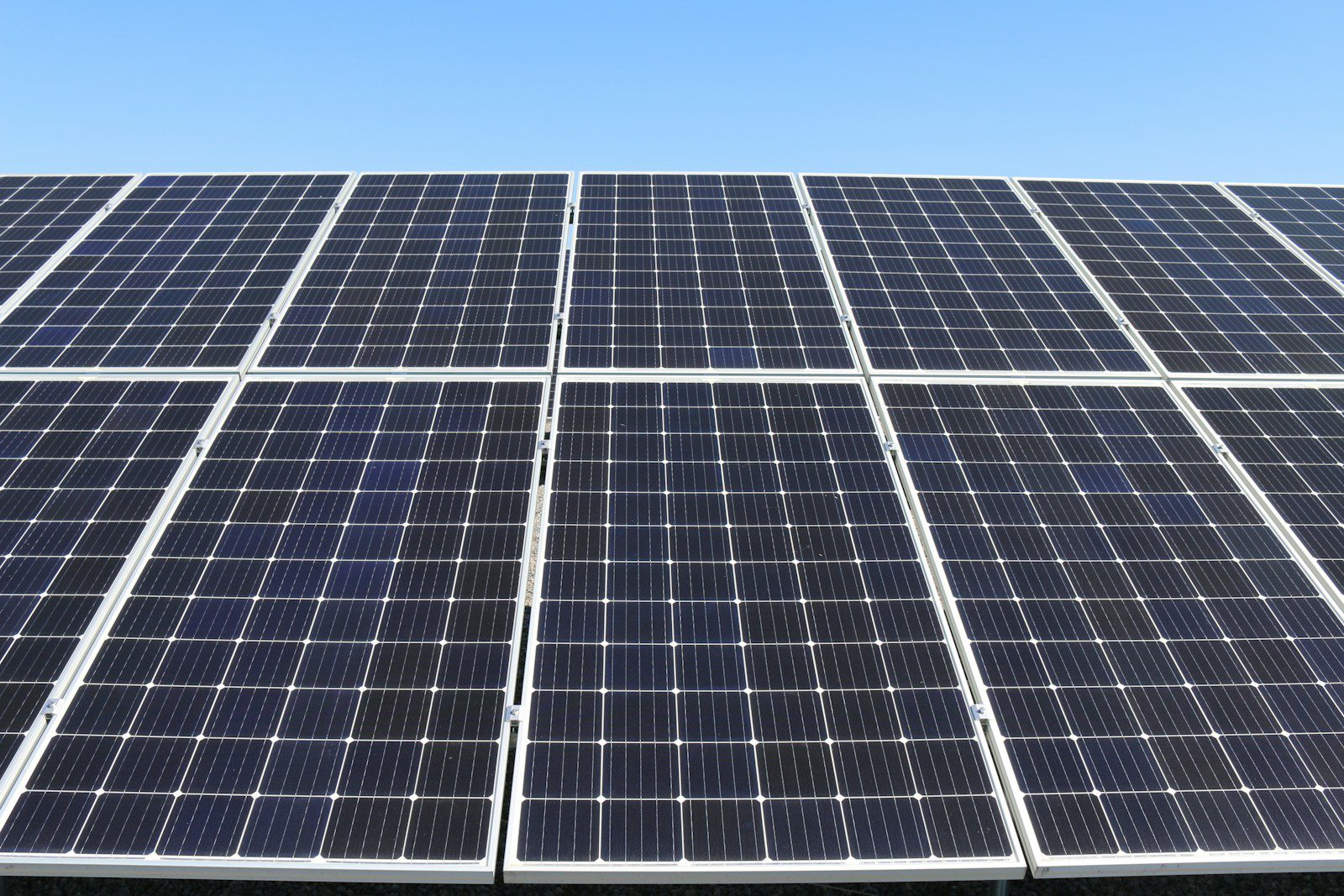
People have started utilizing solar panel cleaning systems as an innovative solution to address this issue. These robots, specifically designed to clean solar panels, can automate the maintenance process, ensuring that the panels remain free from contaminants that would otherwise hinder their performance. Using such technology not only simplifies the maintenance task but also enhances the longevity of solar panels, thereby maximizing their return on investment.
In conclusion, maintaining solar panels through regular cleaning is essential for ensuring their optimal performance and efficiency. By understanding the importance of solar panel maintenance and exploring automated cleaning solutions, such as solar panel cleaning robots, solar panel owners in India can significantly enhance their energy production capabilities and contribute to a more sustainable energy future.
Why Cleaning Solar Panels Matters
The significance of maintaining clean solar panels cannot be overstated. Regular solar panel cleaning plays a crucial role in ensuring that solar energy systems operate at optimal efficiency. Accumulation of dust, dirt, bird droppings, and other pollutants can significantly impede the sunlight absorbed by the panels. Even a thin layer of grime can reduce energy generation by 20% or more, showcasing the detrimental impact of neglecting their upkeep.
In India, where dust storms and pollution are prevalent, the necessity for routine solar panel cleaning becomes even more pressing. For instance, studies indicate that solar panels installed in urban areas are more susceptible to soiling compared to those in rural regions. This build-up can lead to decreased performance over time, ultimately affecting the return on investment of solar energy systems. To mitigate this, many property owners have turned to innovative solutions, including solar panel cleaning robots that automate the cleaning process, ensuring a consistent and thorough cleansing without the risks associated with manual cleaning.
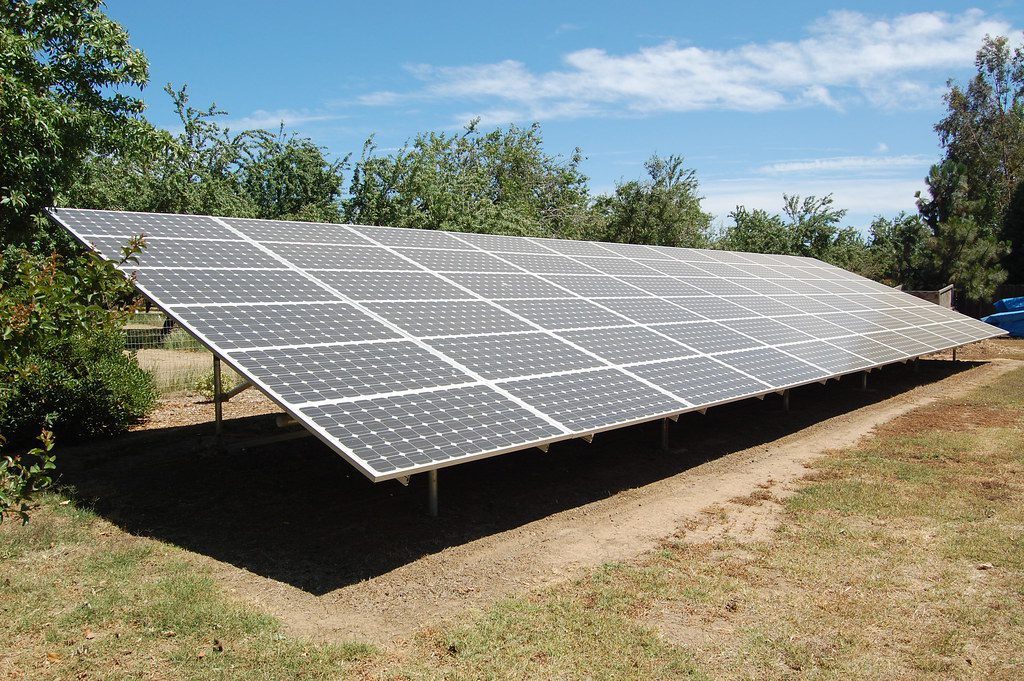
Moreover, maintaining clean solar panels extends their lifespan. When panels are free from obstructions, they operate more efficiently and experience less wear and tear. Poorly maintained systems might not only underperform but also require more frequent replacements or repairs, which can be costly. For example, a commercial solar installation in Mumbai reported a significant increase in energy output within weeks of implementing a regular solar panel cleaning schedule. Such real-world examples underscore the importance of cleanliness, reinforcing the idea that proactive maintenance, including the potential use of cleaning robots, can lead to substantial long-term benefits.
In conclusion, the advantages of solar panel cleaning include improved energy efficiency, extended lifespan, and enhanced performance. By prioritizing regular cleaning, whether manually or through advanced equipment, solar panel owners can ensure that their systems remain productive and cost-effective over time.
What Influences Cleaning Frequency?
The frequency of solar panel cleaning in India is influenced by a myriad of factors, including local weather conditions, pollution levels, dust accumulation, and the geographical context of the installation site, whether urban or rural. Understanding these elements can help determine the optimal cleaning schedule for maintaining the efficiency of solar panels.
One of the primary factors affecting cleaning frequency is local weather conditions. Regions with high rainfall may experience less dust accumulation, which could result in less frequent cleaning needs. Conversely, areas characterized by dry, windy conditions tend to accumulate dust and debris more rapidly, necessitating more regular cleaning interventions. Additionally, seasons play a role; for instance, pre-monsoon dust storms might increase the need for immediate cleaning following a dry spell.
Pollution levels also contribute to the cleaning frequency of solar panels. In urban areas where vehicular emissions and industrial activities are prevalent, panels can develop a layer of grime and soot. This contamination can impair the efficiency of solar energy absorption, making regular cleaning not merely advisable but essential. In contrast, rural areas, typically less impacted by pollution, may not require as frequent maintenance.
Another crucial factor to consider is the type of location where the solar panels are installed. Panels situated near construction sites or agricultural fields might face greater exposure to particulate matter and organic material, leading to increased soiling and the necessity for more routine cleaning. Furthermore, the presence of trees can exacerbate debris accumulation, necessitating an adapted cleaning schedule.
Overall, the decision regarding how often to clean solar panels is contingent upon a comprehensive assessment of these local factors. Regular evaluation helps ensure optimal performance, thereby maximizing energy output and enhancing the longevity of the solar investment.
Different Cleaning Methods for Solar Panels
When it comes to maintaining solar panels, several cleaning methods can be employed to ensure optimal performance and longevity. Each method has its own set of advantages and disadvantages, and the choice often depends on the specific requirements of the solar installation as well as the resources available.
The most common approach to solar panel cleaning is manual cleaning. This method typically involves using water, a soft brush, or sponge, and sometimes cleaning solutions. Manual cleaning is advantageous because it allows for thorough inspection of the panels, identifying any potential damage or debris buildup. However, it can be labor-intensive and time-consuming, especially for larger installations. Additionally, it may pose safety risks, particularly for panels located at elevated positions.
Another option is the use of automated systems. Solar panel cleaning robots have gained popularity for their efficiency in handling the cleaning process autonomously. These robots are designed to navigate the surface of the panels and remove dirt and grime without human intervention. An obvious benefit is the consistent cleaning schedule they can maintain, ensuring that solar panels operate at peak efficiency. However, the initial investment cost can be significant, and they may not be suitable for every installation type.
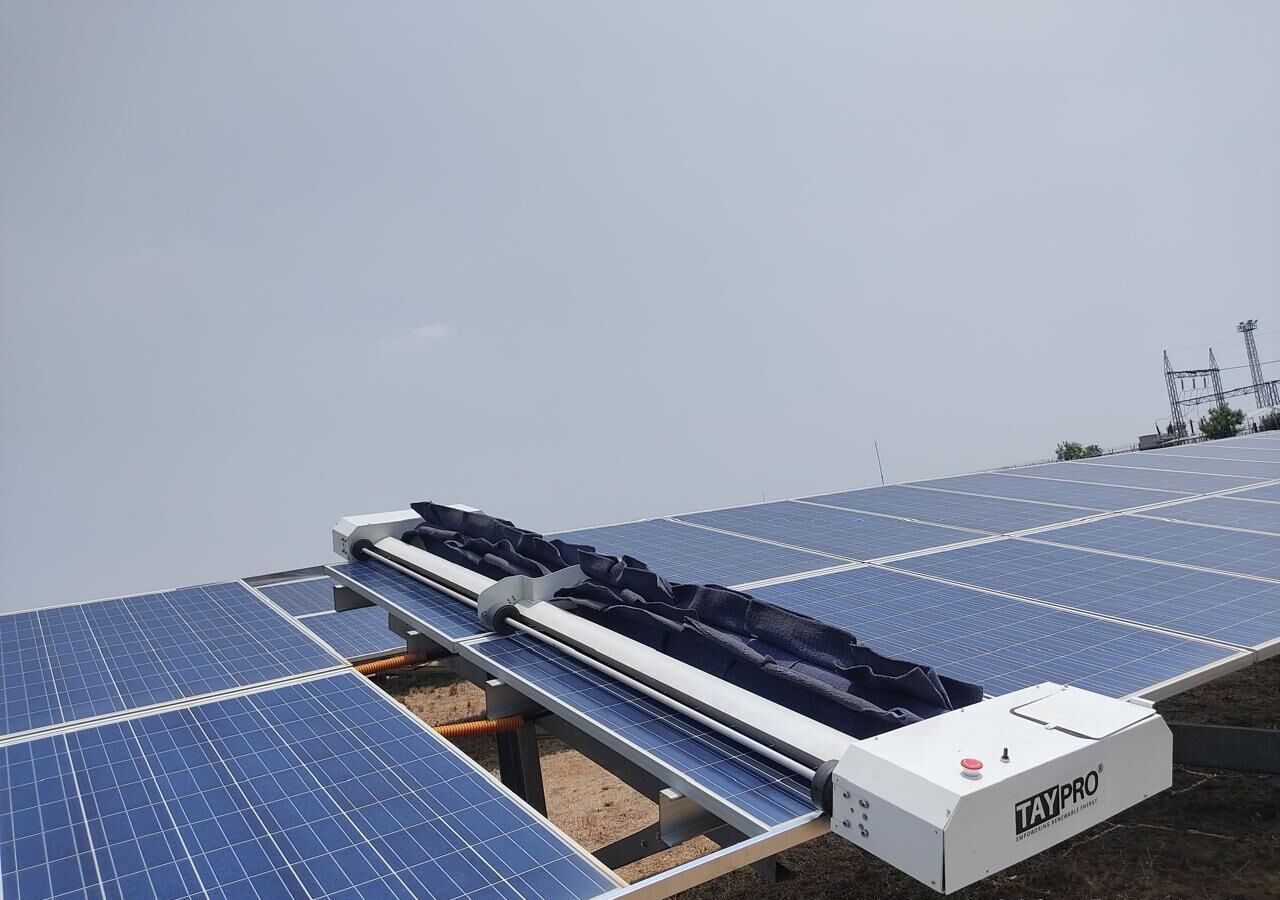
Waterless cleaning options are an emerging trend in solar panel maintenance. These systems utilize advanced technology, such as microfiber cloths or static electricity, to remove dust and debris without using water. This method is particularly beneficial in arid regions where water conservation is crucial. However, some may argue that waterless methods could be less effective against stubborn grime compared to traditional cleaning.
In conclusion, the choice of cleaning method for solar panels largely depends on individual circumstances, including the scale of installation and resource availability. By weighing the pros and cons of manual cleaning, automated systems, and waterless options, solar panel owners in India can make informed decisions that best suit their needs.
Recommended Cleaning Frequency
Cleaning solar panels is a crucial part of maintaining their efficiency, longevity, and overall performance. In regions like India, where dust and pollution levels can be high, the cleaning frequency may need to be adjusted based on various factors, including local weather conditions, environmental debris, and panel installation angle.
As a general guideline, it is recommended to clean solar panels at least twice a year. However, in areas with heavy dust accumulation or during dry seasons when wind carries dust particles, more frequent cleaning may be necessary. Some homeowners might find that cleaning their solar panels once every month or two is beneficial to ensure maximum energy production. Regular observations can help in assessing the level of debris accumulating on the panels.
For individuals living in urban settings, where pollution levels may contribute to grime buildup, quarterly cleaning could be a practical approach. Additionally, panels that are installed at a flatter angle may require more frequent maintenance compared to those mounted at steeper angles, as the latter tends to allow rainwater to wash away some of the buildup. Do-it-yourself cleaning can be done with care, but consider professional solar panel cleaning services or solar panel cleaning robots, especially for elevated or hard-to-reach installations.
Furthermore, monitoring the performance of solar panels can provide insights into when cleaning is needed. If the energy output noticeably drops, it may be an indication that dirt or grime is affecting performance. This emphasizes the importance of regular maintenance tailored to one’s specific environment. By adopting a proactive approach, homeowners can ensure their solar panels operate at optimum efficiency, thereby maximizing the return on their investment.
DIY vs. Professional Cleaning Services
When it comes to maintaining the efficiency of solar panels, the choice between DIY cleaning and professional services is significant. Each option has its advantages and disadvantages, impacting factors such as cost, effectiveness, time commitment, and safety.
One of the primary benefits of DIY solar panel cleaning is cost-effectiveness. Homeowners can save on labor expenses by undertaking the task themselves. With a few basic supplies, such as a soft brush, a sponge, and a hose, individuals can handle routine maintenance, especially if they have easy access to their solar panels. Additionally, this method allows for flexibility in scheduling, as cleaning can be done at the homeowner’s convenience.

However, there are potential downsides to consider. DIY cleaning requires time and effort, which may not be feasible for everyone. Moreover, without proper knowledge or precautions, there is a risk of damaging the panels or the roof. Using harsh chemicals or abrasive tools can lead to scratches or other issues that compromise the panels’ efficiency.
On the other hand, hiring professional solar panel cleaning services offers expertise and efficiency. These providers usually employ trained personnel equipped with specialized equipment, including solar panel cleaning robots, which can perform the task safely and thoroughly. Professionals often have access to eco-friendly cleaning solutions and techniques that maximize efficiency while minimizing damage risk.
Despite the advantages, opting for professional services comes at a cost. For many homeowners, this investment may be worthwhile, especially considering the potential savings on electricity bills through optimized panel performance. Ultimately, the decision between DIY and hiring professionals hinges on personal preferences, available resources, and the specific circumstances surrounding the solar panel installation.
Seasonal Considerations for Cleaning
The cleaning routine for solar panels in India is significantly influenced by seasonal weather changes. Each season presents specific challenges and opportunities affecting the efficiency of solar panels. Thus, understanding the impact of the seasons can help optimize energy production through an effective solar panel cleaning strategy.
During the monsoon season, the accumulation of moisture and dust can create a muddy residue on solar panels. Although precipitation can wash away some dirt, the presence of sticky grime can impede sunlight absorption. It is advisable to inspect and perform a thorough solar panel cleaning after heavy rains to ensure optimal functioning. Cleaning during this period might involve using a soft brush or cloth to avoid scratching the panels and ensuring that all nooks and crannies are effectively addressed.
In the dry season, dust accumulation is typically at its peak. The arid environment leads to increased particulate matter settling on the surfaces of solar panels, which can obstruct sunlight and reduce energy output. Regular cleaning during this season is essential. Implementing solar panel cleaning every one to two months during the dry period would be prudent, utilizing tools such as water-fed poles or automatic solar panel cleaning systems designed to minimize manual handling while maximizing efficiency.
Winter months may vary in their impact depending on geographical location. In colder regions, snow accumulation could hinder performance. In this case, panels can be left untouched until thawing occurs, depending on temperature conditions. For warmer areas, periodic inspections and cleanings should continue. Ultimately, establishing a seasonal cleaning schedule aligns with the unique climate characteristics, ensuring solar panels maintain optimal efficiency year-round.
Signs Your Solar Panels Need Cleaning
Maintaining the efficiency of solar panels is integral to optimizing energy production. Recognizing the signs that indicate a need for solar panel cleaning can help ensure that your investment remains productive. One of the most prominent indicators is a noticeable decrease in energy output. If you observe a significant drop in electricity generation, particularly during peak sunlight hours, it may suggest that dirt, dust, or debris have accumulated on the panels, obstructing sunlight absorption. This effectiveness reduction can often be quantified through monitoring systems that many solar installations possess, allowing for real-time evaluation of energy output.
Another important sign to consider is visible dirt accumulation on the surface of the solar panels. Environmental factors such as pollution, bird droppings, and natural debris can lead to the gradual build-up of grime. Conducting a visual inspection, especially after a dust storm or heavy rain, can help in identifying whether the panels need immediate attention. Clean panels not only operate more efficiently but also contribute to maximizing the long-term return on investment, making regular checks advisable.

Furthermore, many modern solar systems come equipped with monitoring systems that trigger maintenance alerts or notifications when performance dips below expected levels. These maintenance alerts can serve as an essential reminder to examine the panels and assess if solar panel cleaning is necessary. In regions with heavy dust, regular cleanings might be required more often than in other areas; hence, staying observant of these alerts can help mitigate overall performance issues. Addressing these signs promptly will ensure that your solar panels operate at their peak capacity, leading to a well-performing and efficient solar energy system.
Maintaining the efficiency of solar panels is paramount for maximizing the return on investment in solar energy. Regular cleaning of solar panels plays a significant role in ensuring that they operate at their optimum performance levels. In regions such as India, where dust accumulation is a common issue, it becomes especially vital to adhere to a consistent cleaning schedule.
The recommended frequency for solar panel cleaning varies based on environmental factors. Generally, it is advisable to clean the panels every three to six months. However, in areas with heavy dust, smoke, or pollution, more frequent cleaning may be necessary. Implementing a regular maintenance routine not only preserves the panels’ functionality but also extends their lifespan, ultimately leading to enhanced energy production.
Various methods are available for cleaning solar panels, ranging from manual washing to the use of solar panel cleaning robots. Each method has its advantages and considerations. Manual cleaning allows for a thorough examination of the panels, while cleaning robots can provide a more efficient and consistent cleaning process, reducing the risk of damage that can occur during manual handling. Whichever method is chosen, it is crucial to ensure that the cleaning process is conducted with care and precision to avoid scratching or damaging the panels.
In conclusion, the importance of regular solar panel cleaning cannot be overstated. By adhering to the recommended cleaning frequency and adopting best practices, solar panel owners can significantly improve energy efficiency and ensure their systems remain in peak condition. Whether opting for traditional cleaning approaches or advanced solar panel cleaning robots, prioritizing this maintenance task will yield long-term benefits in energy generation and overall effectiveness of solar installations.


